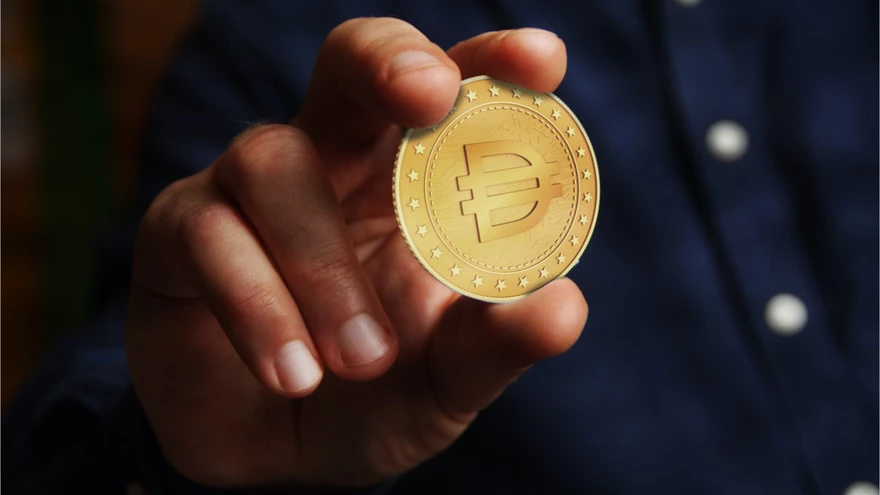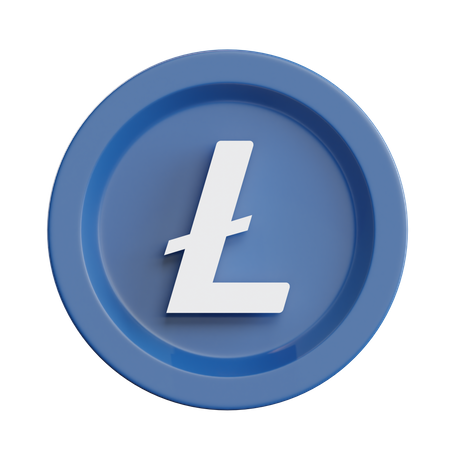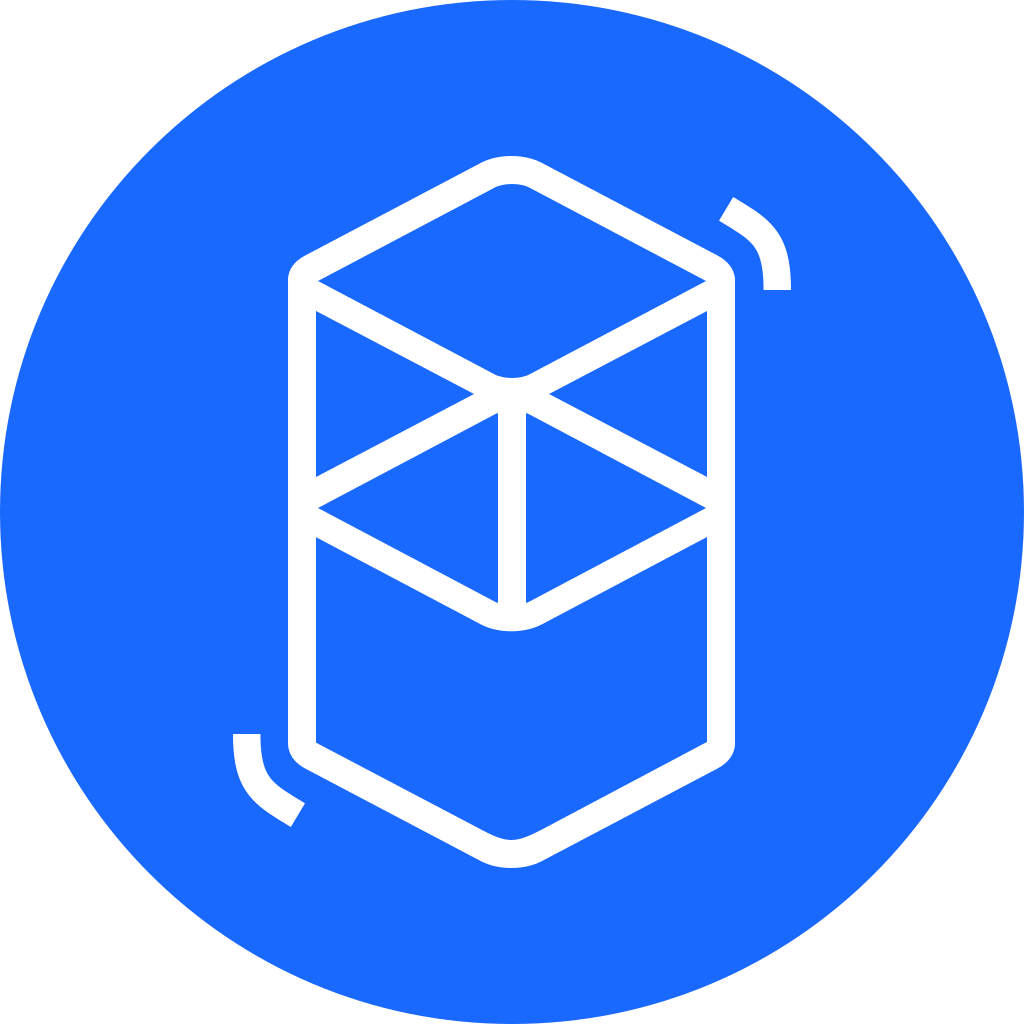
MakerDAO is the governance community for the Maker Protocol, which develops and maintains the DAI stablecoin.
If you’re not familiar, a decentralized autonomous organization (DAO) is a community with common interests that typically uses blockchain and cryptocurrency to govern itself. MakerDAO, for example, is made up of holders of its MKR token around the world and enables governance of the DAO and continued development of the Maker Protocol in accordance with community guidelines.
The Maker Protocol represents a collection of smart contracts created on the Ethereum blockchain that enable the creation of DAI. Users can deposit crypto into Maker Vaults to borrow DAI and return the borrowed DAI to get their locked crypto back. These smart contracts also employ various methods to help DAI maintain its peg to the US dollar.
The main use of MKR is to facilitate voting in MakerDAO on changes that affect the protocol and the MakerDAO community. However, the Maker Protocol also uses it in various ways to maintain DAI pegging, dynamically managing its supply to accommodate fluctuations in DAI’s own supply and price.
How was MakerDAO developed?.
MakerDAO was founded in 2014 by Danish entrepreneur Rune Christensen together with Wouter Kampmann, and the two were eventually joined by smart contract developer and investor Mariano Conti.
The idea of the Dai stablecoin was originally explained in a 2015 Christensen blog post in which he referred to his stablecoin concept as the “eDollar.” In the same post, he referred to Maker as the “gatekeeper” of this stablecoin.
In 2017, MakerDAO launched the Maker Protocol and its single collateral stablecoin (meaning borrowers could only deposit one cryptocurrency, ETH, to mint DAI), which was originally called Sai. The stablecoin became “Dai” when the DAO changed the Maker Protocol to allow collateral using cryptocurrencies other than ETH in November 2019.
MakerDAO has been supported by multiple rounds of funding since its inception. In 2017, venture capital firms Andreesen Horowitz, Polychain Capital, and others bought approximately $12 million of MKR from the MakerDAO development fund. Subsequently, in September 2018, Andreesen Horowitz purchased another 6% of the total MKR supply for $15 million, valuing the project at approximately $250 million. Other VCs have also been involved over the years, contributing to the development of the Maker Protocol by investing millions of dollars in this first DeFi application.

How do Maker Protocol and MakerDAO work?
Manufacturer protocol
Users who wish to generate DAI must deposit cryptocurrency as collateral in Maker Vaults. Vaults are non-custodial digital holdings of collateral in excess of the equivalent value of Dai generated. In other words, the system is over-collateralized to ensure the stability of its $1 peg, even with fluctuations in the cryptocurrency market.
By depositing ETH, BAT, or other crypto into a vault, users can generate DAI tokens through Maker smart contracts. If a user wants to recover the collateral from it, they must pay the debt using DAI. For this service, a small stability fee is accrued in the Vault, which is added to the loan the user has. All of these activities are automated by smart contracts and transparently recorded on the Ethereum blockchain.
When the crypto economy is relatively stable, this system maintains a stable price of DAI tokens through specific users called Keepers who buy DAI when it is below its dollar parity and sell DAI when it is above its dollar parity, also known as arbitration. They also participate in three types of auctions that act as feedback mechanisms ensuring the stability of the ecosystem:
Surplus Auctions – When there is a surplus of funds generated from stability fees, the protocol offers excess DAI that users can purchase for MKR. MKR tokens are subsequently burned, reducing the total supply.
Collateral auctions: When a user’s vault does not contain enough collateral to back their DAI loan (for example, because their crypto decreased in value due to market conditions), the available collateral is liquidated. These funds are offered to other users of the system, less a penalty, to cover the borrowed funds.
Debt Auctions – When collateral auctions cannot cover the debt generated by a liquidated user, others can bid on the opportunity to repay a loan and receive MKR newly issued by the protocol.
Vote on MakerDAO
MKR token holders have the ability to vote on proposals that change the functions of the Maker Protocol. Simply put, to vote on proposals, owners must lock their MKR tokens in a voting contract, and the proposals that get the most MKR are more likely to be successful and executed.
There are two main types of votes. Governance polls, more commonly known as opinion polls, are weekly surveys sent out to the community to gauge sentiment for certain changes to the Maker Protocol. Executive votes, on the other hand, propose a set of technical changes to the protocol that, once approved, go into effect.
Some of the changes voted on in MakerDAO include changing the protocol from a single collateral system to a multi-collateral one (including which ERC-20 tokens can be accepted as collateral), stability fee adjustments, and what the penalty fee is. for settlement.
Visit other articles about BITCOIN, CARDANO, MONEYFI, to continue learning.






